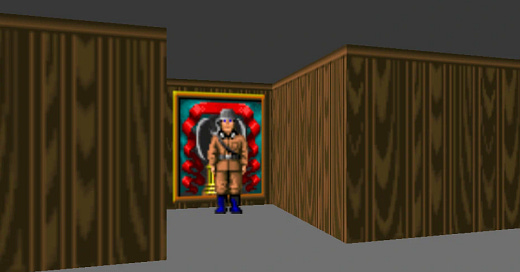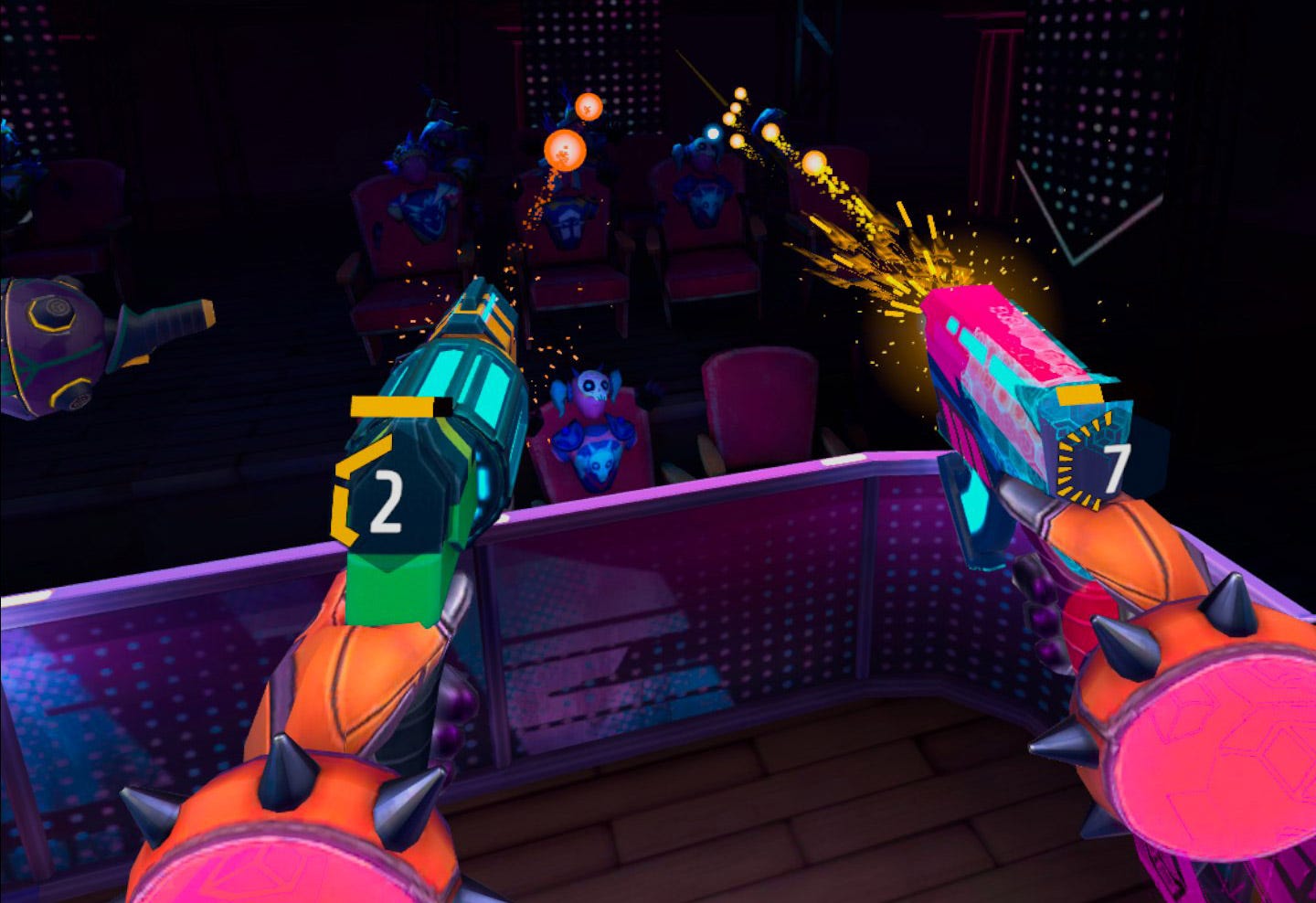Masters of Disruption: How the Gamer Generation Built the Future [7]
Id Software co-founder Tom Hall on the metaverse, Commander Keen, and the importance of pushwalls. "There's more than appears," he says.
This post is part of a longform project I’m serializing exclusively in my newsletter, Disruptor. It’s a follow-up to my first book, Masters of Doom: How Two Guys Built an Empire and Transformed Pop Culture, and it’s called Masters of Disruption: How the Gamer Generation Built the Future. To follow along, please subscribe to Disruptor and spread the word. Thanks!
If id Software was the Beatles of gaming, Tom Hall was George, the thoughtful one. While at the University of Wisconsin in the 1980s, he made games for learning-challenged kids. At id, the juggernaut game developer he co-founded in 1991 he wanted to teach young players about the reality of death. So he made sure that dead aliens in their first hit franchise, Commander Keen, didn’t simply disappear they way they did in most games but instead remained on screen.
As Hall told me during one of our interviews for my book about id, Masters of Doom: How Two Guys Transformed Pop Culture, he was eager to incorporate “larger philosophical ideas” into games. He loosely based one character on ideas he’d read in Freud’s Civilization and Its Discontents; a guard was made to represent the id.
Hall’s offbeat humor and inventive game design infuses his work, from his sprawling role-playing game, Anachronox, to Keen. Keen followed the adventures of the loosely autobiographical Billy Blaze, a universe-saving child genius who makes “an interstellar spaceship from old soup cans, rubber cement, and plastic tubing.” The game, as Hall told me recently from his home in California, was built on the idea of Blaze existing in a larger universe beyond the game. “In Keen, there was a rich universe going around it that was referred to, but you don't see it all,” he says.
While id Software’s practice of creating a world beyond the game goes back to Keen, their pioneering first person shooter, Wolfenstein 3-D, took this concept further, as Hall notes. At certain spots in a level, a player could run up to a section of wall which would slide back to reveal a secret room filled with treasures and food. The “pushwalls,” as they were called, brought the game tradition of hidden Easter Eggs into a 3-D environment. But the hidden areas also did something more profound for 1992, by suggesting a hidden world to explore. “I fought for pushwalls, because you have to have something to break up the repetitiveness of action,” Hall says.
John Carmack, in our recent conversation, lamented what he called the “architecture astronauts” who are more interested in designing the framework of the metaverse than compelling things to do inside it. Hall agrees. “For a metaverse to grow, you need to have something substantive to do,” he says. “Secrets give the player that sense of surprise and discovery and a sense that there's more than appears.”
These days, Hall is building out new worlds as the senior creative director at Resolution, a company specializing in virtual reality and augmented reality games. Just like Carmack and John Romero discussed with me in earlier posts of Masters of Disruption, Hall shares their passion for virtual worlds.
And, like them, he thinks the reality will be different than what was imagined by sci-fi writers over the years. “We’re trying to find innovative ways to explore the little edges of what we might call a metaverse,” he says, “It may not look fancy like Snow Crash or Ready Player One, but I think will be better.”
In the Resolution dueling game Blaston VR, he says, “we’re building little bumps of social spaces off of our games.” The arena that players occupy is set inside of a larger, dystopian, future universe. Players can go into what Hall calls “social bars” to play darts, arcade games, or find new duel partners. For Hall, it’s a way to give gamers a break while keeping them in the same virtual world. “We’re hopeful that this will grow over time to make something more substantial,” he says, “Because you already have something substantive to do, which is the game, and you're just connecting it to the social space.”
“I like the version of the metaverse where we're all making our own stuff.”
Ultimately, Hall expects the games and the social areas of a metaverse to bloom into something more like everyday life. People will go there to play but also work, creating content for the world and getting paid [in future posts, I’ll be exploring the prospect of NFTs and blockchain gaming]. “If there was a way for the metaverse to grow, it could become a place for people that are displaced out of jobs and being replaced by robots,” he says. He compares its potential to the DIY days that bred id Software and the boom in PC gaming.
“I like the version of the metaverse where we're all making our own stuff,” he says, “and there's a good capitalist chance to work hard and make a cool thing and have a version of what we got to do with our games, Wolfenstein and Doom. We worked real hard on something and it was pretty new and people liked it, and we got the benefits of that. It would be cool if people could have that now in whatever the metaverse becomes.”








